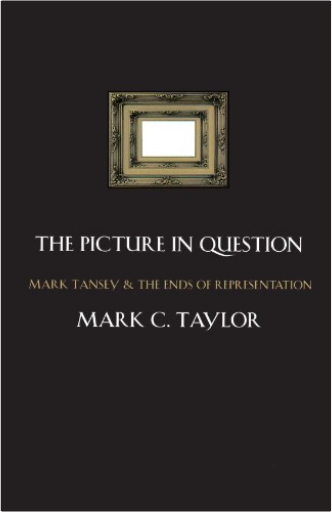 A rich exploration of the possibilities of representation after Modernism, Mark Taylor's new study charts the logic and continuity of Mark Tansey's painting by considering the philosophical ideas behind Tansey's art. Taylor examines how Tansey uses structuralist and poststructuralist thought as well as catastrophe, chaos, and complexity theory to create paintings that please the eye while provoking the mind. Taylor's clear accounts of thinkers ranging from Plato, Kant, and Hegel to Merleau-Ponty, Derrida, and de Man will be an invaluable contribution to students and teachers of art. 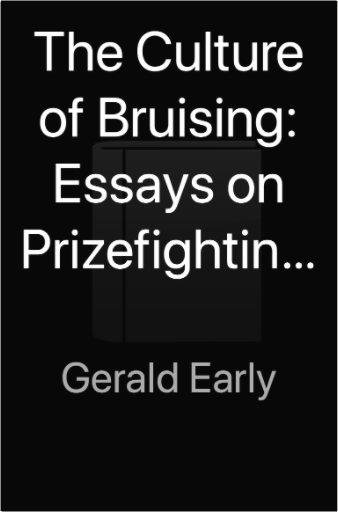 088001444X 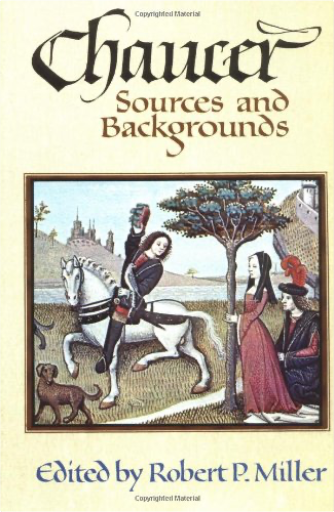 Professor Miller has provided one of the most comprehensive collections of primary source material available for the study of Chaucer's work. These selections are drawn from works which Chaucer is known to have used 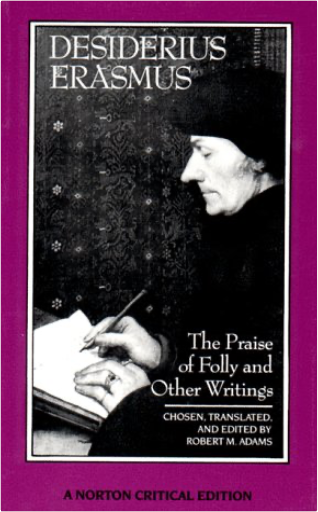 This Norton Critical Edition provides a wide selection of Erasmus’s writings, translated from the Latin into fresh, modern English.Besides the celebrated Praise of Folly, Robert M. Adams has included the political "Complaint of Peace," the brutal antipapal satire "Julius Excluded from Heaven," two versions of Erasmus’s important preface to the Latin translation of the New Testament, and a selection both serious and comic of his Colloquies and his letters. Adams has made these selections to emphasize the humane, rather than the doctrinaire, side of the first and arguably greatest humanist. 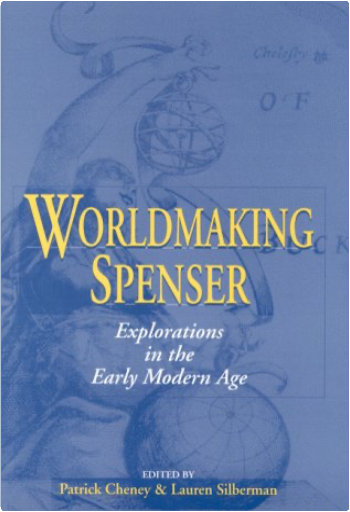 Worldmaking Spenser reexamines the role of Spenser's work in English history and highlights the richness and complexity of his understanding of place. The volume centers on the idea that complex and allusive literary works such as The Faerie Queene must be read in the context of the cultural, literary, political, economic, and ideological forces at play in the highly allegorical poem. The authors define Spenser as the maker of poetic worlds, of the Elizabethan world, and of the modern world. The essays look at Spenser from three distinct vantage points. The contributors explore his literary origins in classical, medieval, and Renaissance continental writings and his influences on sixteenth-century culture. Spenser also had a great impact on later literary figures, including Lady Mary Wroth and Aemilia Lanyer, two of the seventeenth century's most important writers. The authors address the full range of Spenser's work, both long and short poetry as well as prose. The essays unequivocally demonstrate that Spenser occupies a substantial place in a seminal era in English history and European culture. 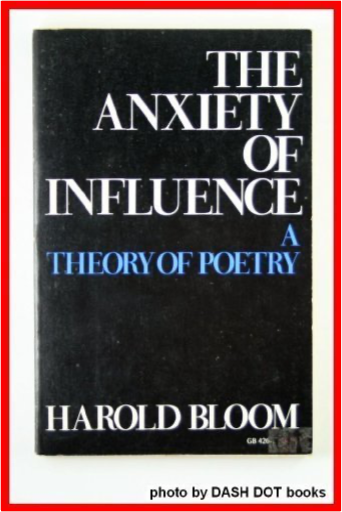 Harold Bloom's The Anxiety of Influence has cast its own long shadow of influence since it was first published in 1973. Through an insightful study of Romantic poets, Bloom puts forth his central vision of the relations between tradition and the individual artist. Although Bloom was never the leader of any critical "camp," his argument that all literary texts are a response to those that precede them had an enormous impact on the practice of deconstruction and poststructuralist literary theory in this country. The book remains a central work of criticism for all students of literature and has sold over 17,000 copies in paperback since 1984. Written in a moving personal style, anchored by concrete examples, and memorably quotable, Bloom's book maintains that the anxiety of influence cannot be evaded—neither by poets nor by responsible readers and critics. | 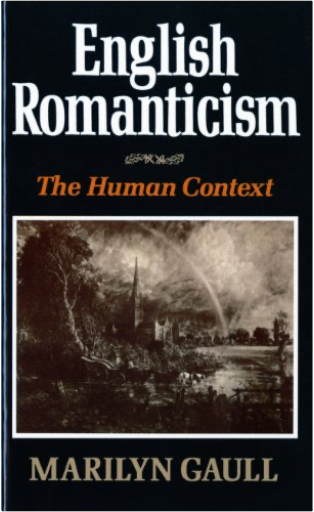 The English Romantic period―when, as Wordsworth wrote, "the whole earth/The beauty wore of promise"―was also a time in which many of our contemporary attitudes, conventions, and institutions originated. The present book explores, in fascinating depth, the context given by human beings of the time to what its writers called "the spirit of the age." 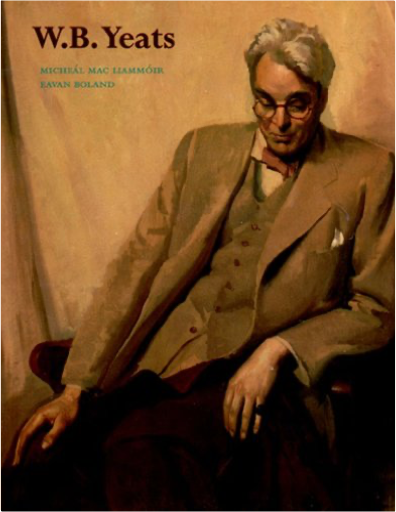 Ireland's greatest poet, William Butler Yeats, was also perhaps the most outstanding poet to have written in English since Wordsworth. Many of his early poems - wistful, mysterious and suffused with Pre-Raphaelite imagery - are of haunting beauty. But in the early 1900s Yeats became disillusioned with this twilight, imaginary world and turned his thoughts increasingly to reality. Directing his energies to the twin causes of the Irish literary renaissance and of Irish national independence, he evolved a new style - austere, but capable of sustained magnificence. Micheal Mac Liammoir and Eavan Boland trace Yeats' long and eventful career, covering such episodes as his directorship of the Abbey Theatre and service in the Irish Senate, as well as his poetic activities. They analyze, with acuteness and humor, the contradictory qualities of a genius who was both lovable and forbidding, worldly and unworldly, a practical mystic and a superstitious realist. 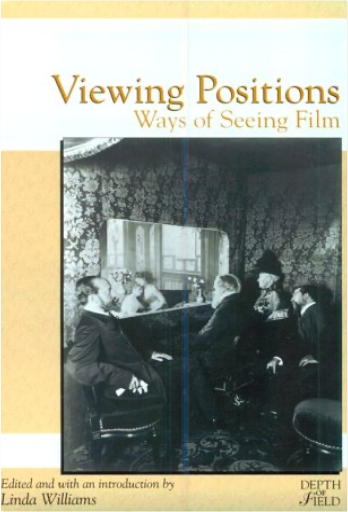 The essays in this volume represent some of the best new thinking about the crucial relations between visual representation in film and human subjectivity. No amount of empirical research into the sociology of actual audiences will displace the desire to speculate about the effects of visual culture, and especially moving images, on viewing subjects. These notions of spectatorship, however hypothetical, become extremely compelling metaphors for the workings of vision within the institution of cinema. Viewing Positions examines the tradition of a centered, unitary, distanced, and objectifying spectator's gaze; investigates the period when film spectatorship as an idea began; and analyses gender- and sexuality-based challenges to the homogeneous classical theory of spectatorship. It makes available critical understandings of spectatorship that have, until now, largely eluded cinema studies. 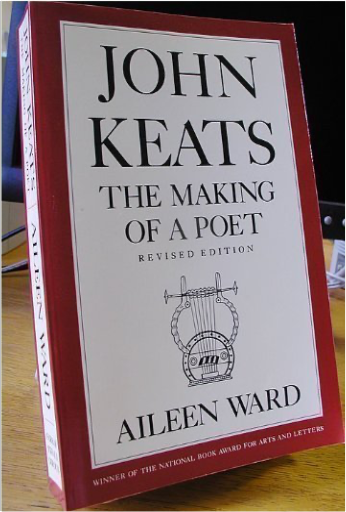 Format: Trade Paper ISBN-10: 0374520291 ISBN-13: 9780374520298 Publisher: Farrar, Straus & Giroux488 pages Language: English 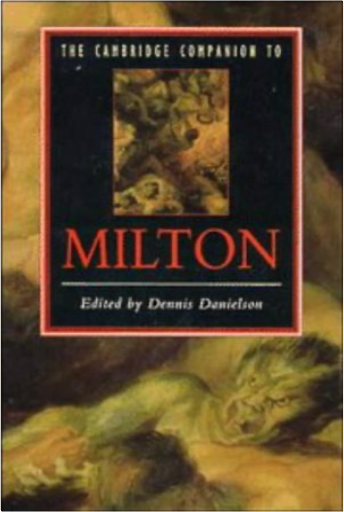 The Cambridge Companion to Milton will provide an accessible and helpful guide for any student of Milton, introducing readers to both the scope of Milton's work and the range of current approaches to it. The Companion's eighteen contributors have written informative, stimulating, often argumentative essays that will provoke thought and discussion both in and out of the classroom, on all the important aspects of the background to, and substance of, Milton's life and work. The Cambridge Companion to Milton offers in a single volume the responsible and diverse introduction to Milton that undergraduate students, together with their professors, are looking for. 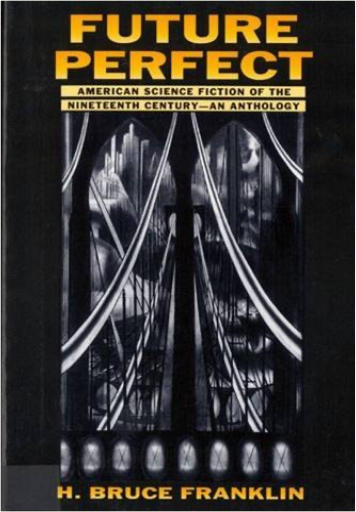 . 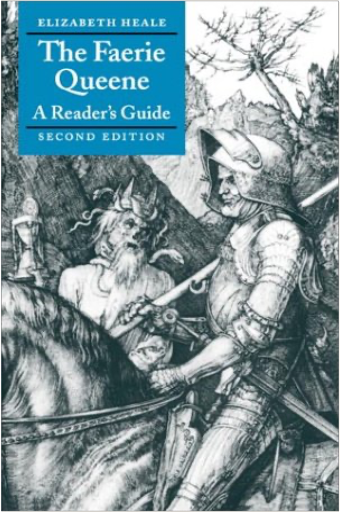 The first great epic poem in the English language, The Faerie Queene is a long and complex allegory that presents the first-time reader with many difficulties of allusion and interpretation. This book, designed as a handbook to be consulted by students while reading the poem, is the only convenient and up-to-date guide available. Religious and political contexts are explained, while the analysis of Spenser's literary techniques encourages close reading. This revised edition takes account of recent developments in Spenserian criticism, and brings the guidance on further reading up to date. |

library 101720
Collection Total:
1,127 Items
1,127 Items
Last Updated:
Oct 17, 2020
Oct 17, 2020

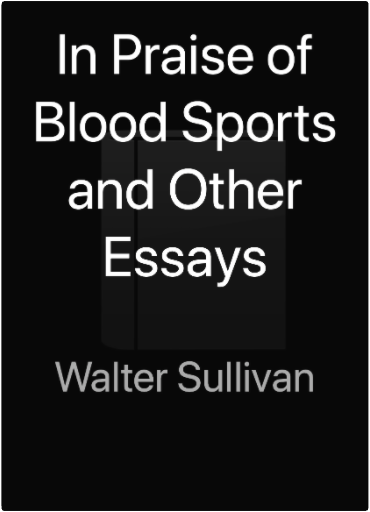
 Made with Delicious Library
Made with Delicious Library